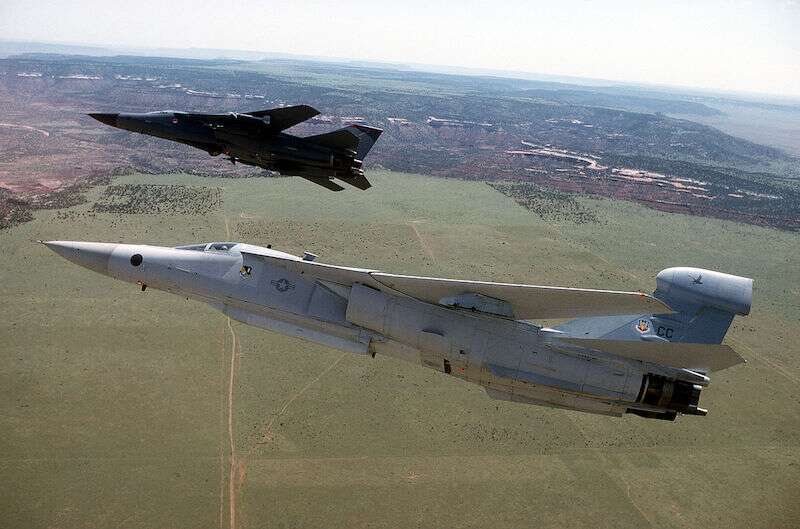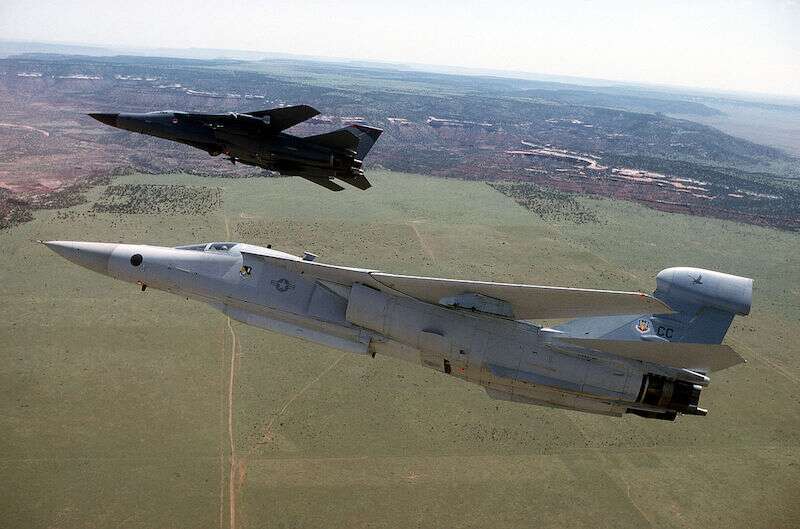U.S. Air Force Aims to Dominate EMS
Article By : George Leopold

The service is the latest branch to get its electronic warfare house in order
The U.S. Air Force is reorganizing its electronic warfare (EW) operations via a new directorate designed to revive the service’s dominance of the electromagnetic spectrum (EMS).
Air Force Secretary Heather Wilson said on April 16 the new EMS Superiority Directorate would be headed by a general officer. The director, with an Air Force rank of colonel or higher yet to be named, would oversee all the service’s EMS programs, including budget authority and establishing priorities.
“To be a lethal force of the future, we need to lead in research, technology and innovation,” said Brig. Gen. David Gaedecke, director of the Air Force’s Cyberspace Operations and Warfighter Communications branch. “Superiority in the spectrum underpins all of these.”
Gaedecke led a year-long review begun in January 2018 to examine how the Air Force can ensure dominance of the heavily contested electronic airwaves. In issuing recommendations during a recent meeting at Nellis Air Force Base, Nevada, Gaedecke said, “the Air Force should deliberately refocus efforts on electronic warfare and the EMS as a whole.”

The consolidation includes combining EMS capabilities, software programming and related activities into a “multi-domain organization” capable of leveraging emerging spectrum management capabilities. Those include new machine learning techniques such as adaptive and cognitive spectrum management techniques capable of sharing congested spectrum while denying adversaries access to those airwaves.
The Air Force restructuring follows a similar move by the U.S. Navy last fall that elevated electronic warfare and spectrum management to the status of a “warfighting battle space” on a par with air, sea, land, space and cyber operations. The military services’ EW initiatives also reflect ongoing Pentagon efforts to squeeze more efficiency from the crowded airwaves as more electronic systems hit the battlefield.
For example, the Defense Advanced Research Projects Agency (DARPA) has taken the lead in developing new machine intelligence techniques that can use crowded spectrum more efficiently, including sharing frequency bands and deploying so-called machine-to-machine systems that can “cooperate” and thereby help coordinate spectrum allocations.
The Air Force said its EW initiative would include “operational concepts, tactics and doctrine, and institutional expertise as a whole, [that] will progressively advance with renewed focus… in the EMS domain.”
Industry groups praised the Air Force’s decision to restructure its electronic warfare programs and prioritize EMS. The initiative is “a great step in regaining the ‘EMS high ground’ the U.S. allowed to atrophy after the end of the Cold War,” said Muddy Watters, president of the Association of Old Crows, an industry group that promotes EW development.
“By unifying an EMS Superiority Directorate, the [Air Force] will be better equipped to identify gaps in EMS capabilities, more rapidly field critical technologies and ultimately, facilitate the equipping of tomorrow’s warfighter for any threat they may face,” Watters added.